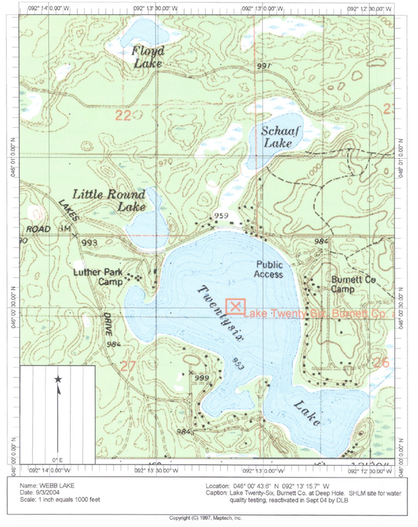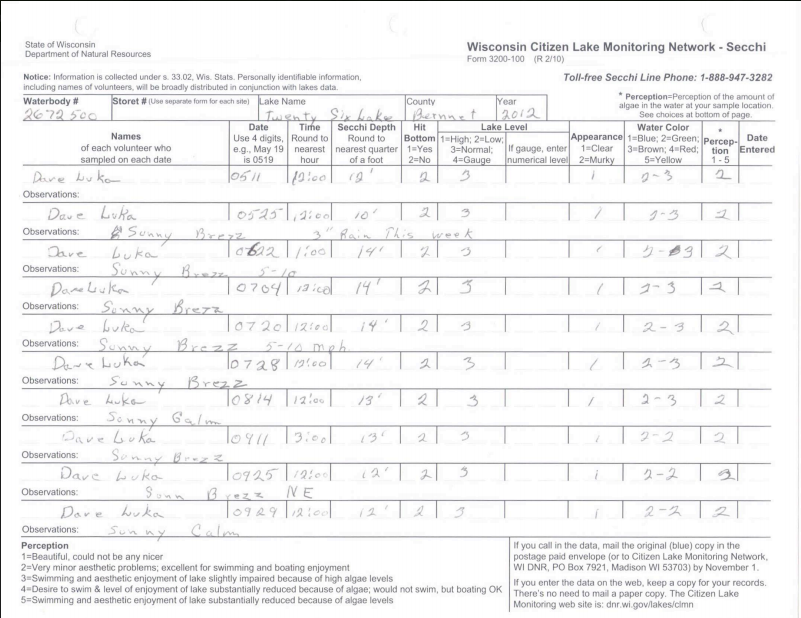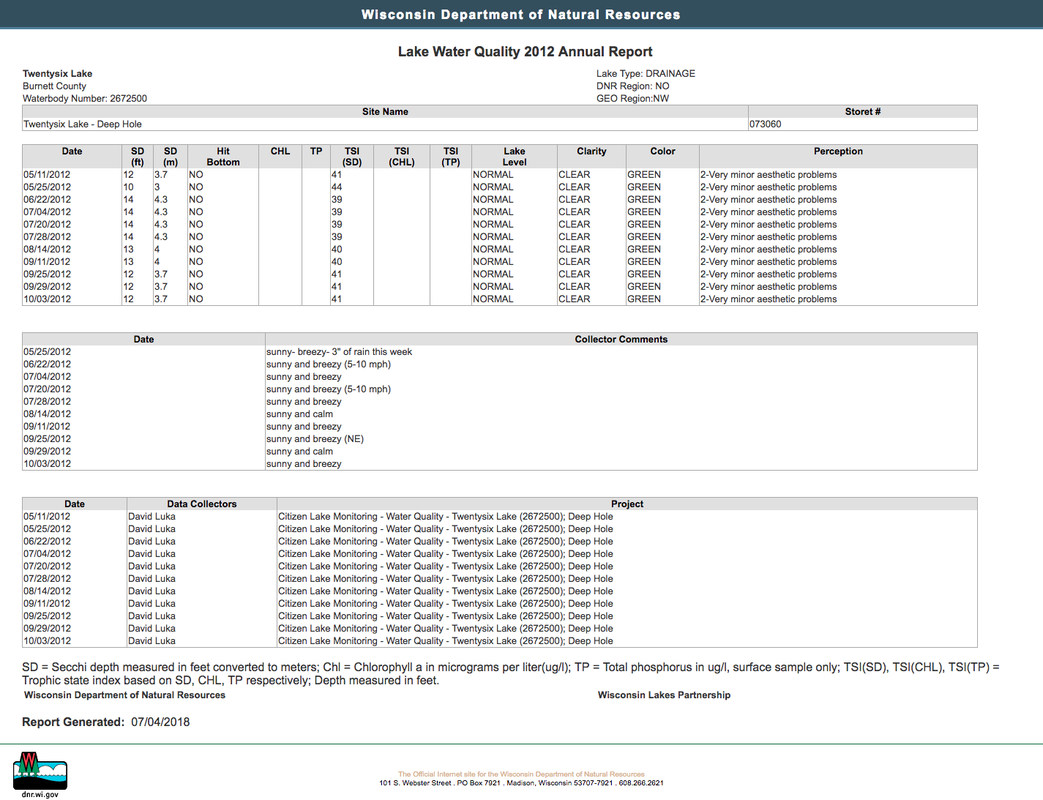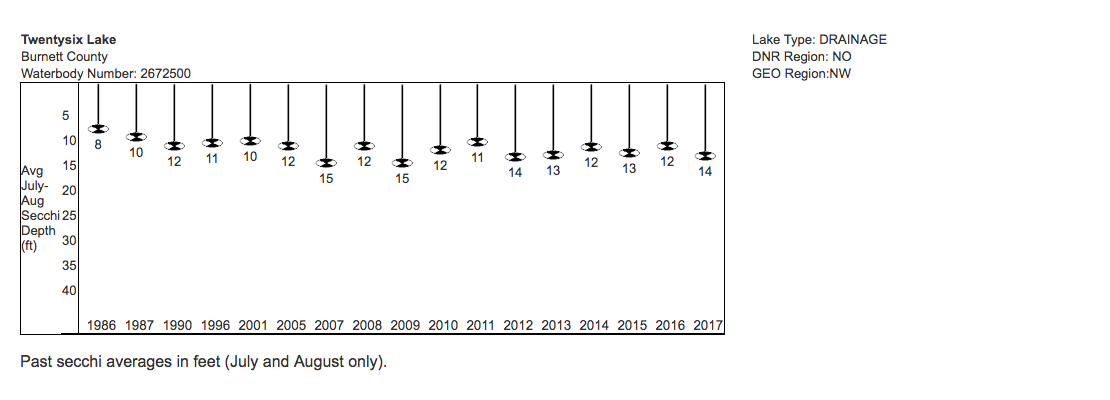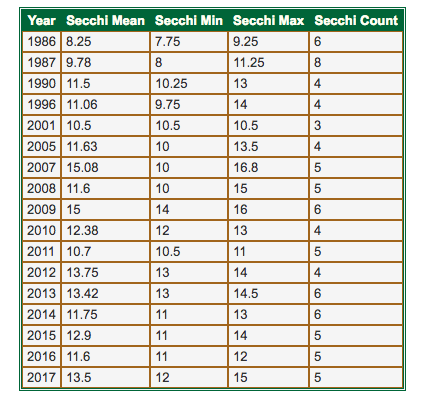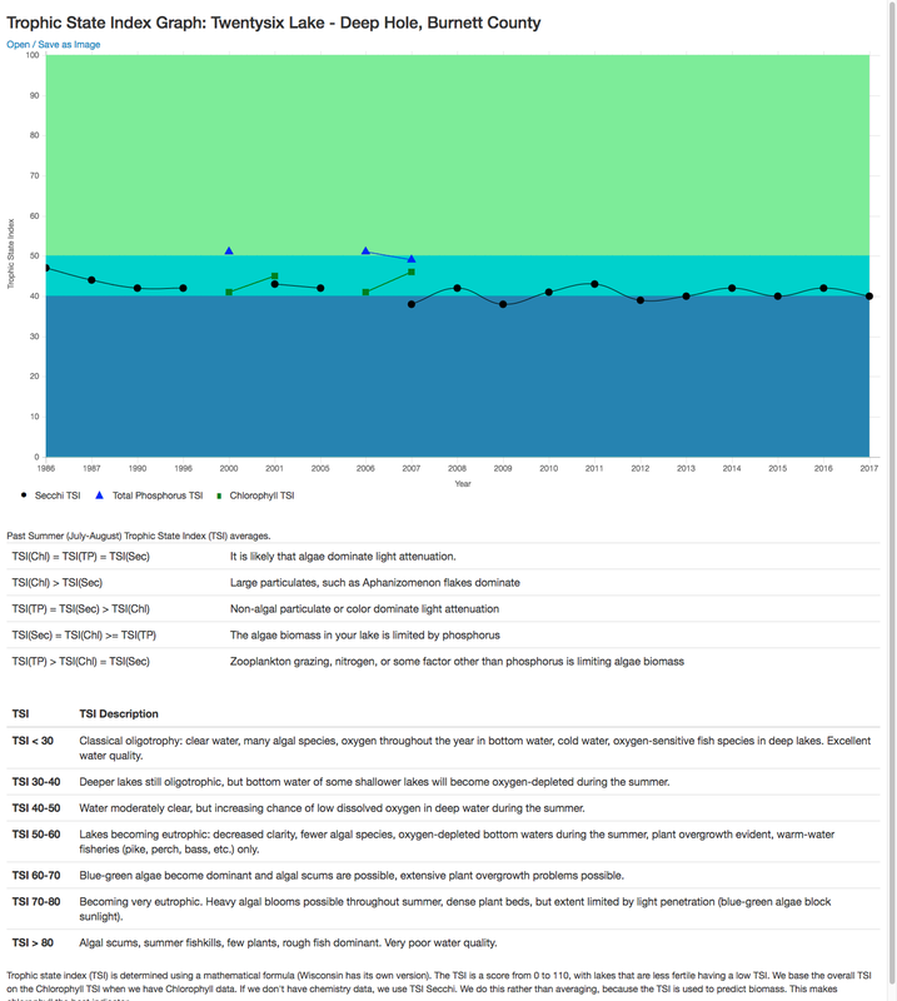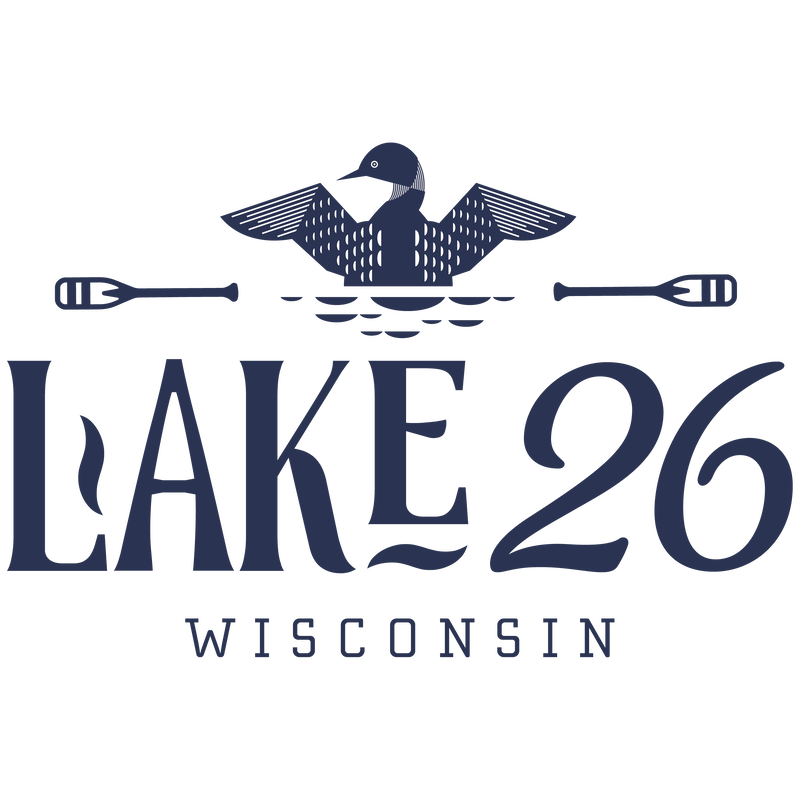|
Lake 26 members take water clarity very seriously - we've got our best people on it!
David Luka is the lake's Water Clarity Officer (and well known lake emcee), taking measurements several times annually of the depth of water clarity as well as any sources contributing to a lack of clarity at any depth. Dave uses a Secchi disk and system of standardized measurement to give us reliable results. The measurements are captured at a specific location on a regular schedule that coincides with satellites passing overhead. This allows the state to match up lake clarity/color readings from space with observational data taken at the lake. In turn, this allows the state to make some informed assessments about other lakes in the state (that don't have a Dave Luka) purely from satellite imagery. This paints a bigger picture about overall heath and trophic state of lakes across Wisconsin. Pretty cool, huh? Learn a little about the process here: A Secchi Disk Is Used To Measure Water Clarity The biggest factor in water clarity is shoreline erosion. Large wake generated by oversize craft, or motoring too close to shore will break down organic material on shore and pull soils and plant compounds into the water. Those decomposing compounds cloud the water and also feed algae. |
RESULTS & TRENDS
Part of Dave's volunteer responsibilities is to send in his observations and findings so that they can be added to the data collected by other volunteers and by the satellite. Check it out here: CLMN Database
On that Lake 26 page you'll be able to look at the results yourself in the Annual Reports. As an example, take a look at the 2012 results below. That's Dave's handwriting on the original, and next is how the state has captured that data on their website.
On that Lake 26 page you'll be able to look at the results yourself in the Annual Reports. As an example, take a look at the 2012 results below. That's Dave's handwriting on the original, and next is how the state has captured that data on their website.
Now take a look at the average (July/August) water clarity depth that has been captured on Lake 26 since we began participating in the program in 1986.
|
Next on the DNR CLMN page you'll be able to see the Narrative Reports. This is the summary assessment for the year and shows the average clarity in all of the year's readings, compares those to other lakes in the region, and states the lake Trophic State Index.
The Trophic State Index is really important. It's a shorthand way of stating a lake's clarity, ecologic age, and suitability for sport fishing and swimming. Eutrophic - enriched in dissolved nutrients (such as phosphates) that stimulate the growth of aquatic plant life usually resulting in the depletion of dissolved oxygen. 🤢 Mesotrophic - having a moderate amount of dissolved nutrients. 😕 Oligotrophic - characterized by a low accumulation of dissolved nutrient salts, supporting but a sparse growth of algae and other organisms, and having a high oxygen content owing to the low organic content. 😎 According to officials at CLMN, our lake is Oligotrophic and moving toward early Mesotrophic. See the image below for (dizzying) detail. |

